
How to Care for Vietnamese Potbellied Pigs. These good-natured pets are big (60 to 110 lbs. on average, with shoulder height ranging from 4 to 18 inches) and love to root. Caring for them requires space and a mellow attitude about the lawn and home, since a potbellied pig will root around in carpet, rugs, flowers and grass.
You can keep your pig either indoors or outdoors. They're generally clean animals, and they prefer to relieve themselves outside. When your pig's tail stops wagging and becomes horizontal, it's a sign that she needs to relieve herself.
Feed your pig twice a day with commercially prepared potbellied-pig food that's formulated to meet your pig's nutritional needs. Have a veterinarian advise you on the proper amount to feed, since food requirements vary with the pig and depend on age and weight. Be sure to watch your pig's weight closely.
Train your pig to use a litter box if she must be kept indoors for long periods of time. Keep the box far away from her food and bedding area.
Avoid lining the litter box with items your pig may like to eat. Instead, use a large plastic cement-mixing tub (available at home-improvement stores), lined with newspapers and pine chips.
Take an indoor pig out daily so she can act like a pig and get exercise. Provide a rooting box, such as a child's swimming pool filled with sand, dirt and toys.
Provide a warm, dry, draft-free environment such as a large doghouse, with plenty of blankets and straw, if your pig is kept outdoors. The more blankets, the happier the pig.
Monitor your pig carefully when temperatures drop below freezing or rise above 80 degrees F, since pigs are sensitive to extreme temperatures and cannot sweat. Make sure the pig has access to a shaded area.
Provide your pig with a child's swimming pool filled with water for cooling down when it's hot. Apply sunscreen (the type used on humans) if your pig often gets sunburned ' pig hair doesn't offer much protection.
Spay or neuter your pig at 8 to 10 weeks. Neutering helps to reduce aggressive behavior in males.
Have your pig vaccinated once a year, and get her hooves trimmed when necessary.
Give a good foot stomp and a strong 'No!' to stop your pig from engaging in unwanted behavior. Spoiled pigs can become unruly, destructive and demanding.
Be prepared for your pig to reach a shoulder height of 18 inches and a weight of 60 to 110 pounds. Keep in mind that potbellied pigs have an average life span of 20 to 25 years.
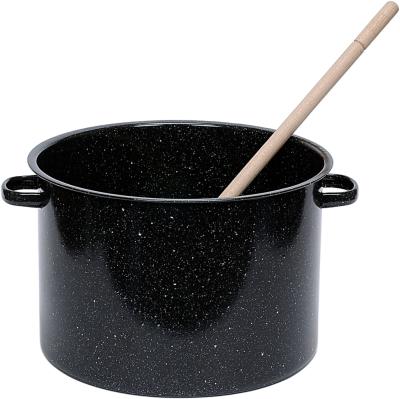 How to Roast Pig Ears
How to Roast Pig Ears
How to Roast Pig
How to Roast Pig Ears
How to Roast Pig Ears
How to Roast Pig
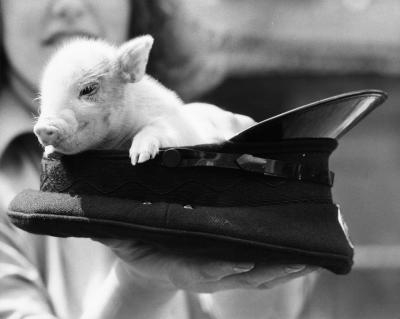 How to Play With a Mini Pig
How to Play With a Mini Pig
How to Pla
How to Play With a Mini Pig
How to Play With a Mini Pig
How to Pla
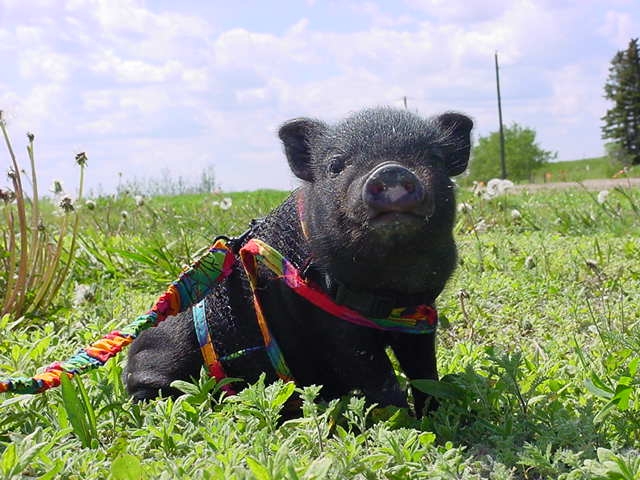 How to Keep Pot Bellied Pigs as Pets
How to Keep Pot Bellied Pigs as Pets
H
How to Keep Pot Bellied Pigs as Pets
How to Keep Pot Bellied Pigs as Pets
H
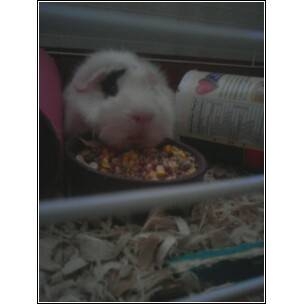 How to Make Guinea Pig Toys
How to Make Guinea Pig Toys
How to Mak
How to Make Guinea Pig Toys
How to Make Guinea Pig Toys
How to Mak
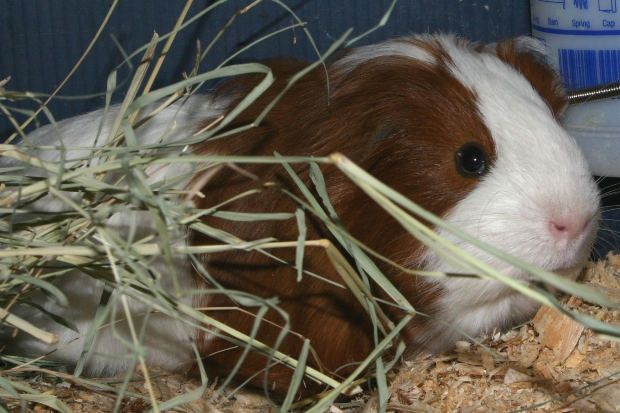 Guinea Pig Cage Ideas
Guinea Pig Cage Ideas
Guinea Pig Cage
Guinea Pig Cage Ideas
Guinea Pig Cage Ideas
Guinea Pig Cage
Copyright © 2005-2016 Pet Information All Rights Reserved
Contact us: www162date@outlook.com